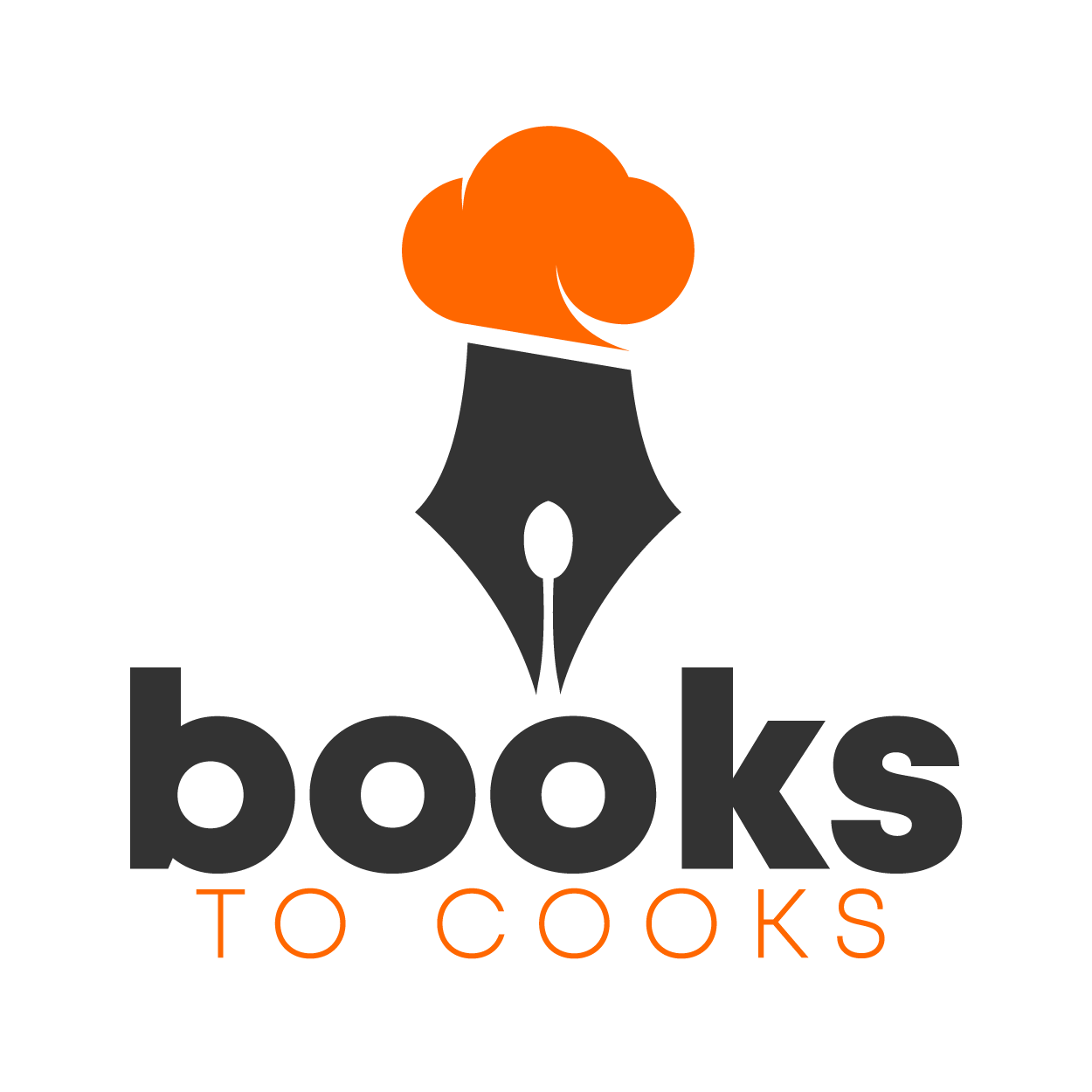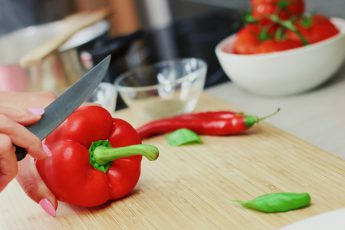Introduction
Quick Navigation
When you are looking for a cutting board, you have to decide which one to get based on sanitary reasons. That is because the last thing you want to do is have a situation where cross-contamination happens. For instance, if you cut meat, even if you clean it after, you don’t want to risk cutting vegetables because bacteria from the meat can linger. That is even after washing it after cutting the meat.
Even if you are a vegetarian or vegan, you can still have germs on cutting boards from fruits and vegetables that can contaminate other food. That is why when you shop around for a cutting board, the thing to do is to find the most sanitary one. Would a wood, bamboo, or plastic cutting board be the more sanitary one? The answer to that may surprise home and professional cooks worldwide. Let’s talk more about that.
Is The Wooden, Bamboo, Or Plastic Cutting Board More Sanitary?
When you look for a cutting board, you want to find the one that will not only cause minor damage to your knives, but you want to see the cleanest one. The last thing you want to do is have cases of cross-contamination when cutting a variety of foods. That is why when it comes to looking for the cleanest cutting board that also won’t ruin knives, you have to do your research. Let’s now go over the plastic, wooden, and bamboo cutting boards to see how sanitary they are. You can learn about their other features as well.
- 1. Plastic Cutting Board
The plastic cutting board is one of the more popular ones around. That is because many people believe that the plastic cutting board is the most sanitary one. Additionally, it is dishwasher-safe. However, according to a study conducted by the University of Michigan, more strains of bacteria were found on plastic cutting boards than on wood or bamboo.
Even though you can disinfect the surface of a plastic cutting board, that is not enough to keep the bacteria at bay. Plastic cutting boards are not immune to knife scratches and cuts. Therefore, each time a knife cuts through the board, that allows bacteria and other germs to enter. That makes the plastic cutting board not sanitary. That would surprise you; however, the matter is that the plastic cutting board is not the most hygienic one. Add to that, the knife marks on the board does not give it an appealing appearance either. Is the wooden cutting board cleaner? Let’s find that out now.
- 2. Wooden Cleaning Board
Since wood is renewable, wooden cutting boards consist of leftover lumber from mills. That is the wood that the lumberjacks would typically toss away. However, since the cut-up lumber is salvageable, they send it to manufacturers to create wooden cutting boards. The ideal wooden cutting board is the softwood ones as they are friendlier to knives. That means these cutting boards will help blades maintain their retention. Hardwoods such as beech or maple board can heal as they will not show knife marks the same way plastic boards do. Therefore, they are aesthetically more appealing. Not only are they better looking, but hardwoods such as maple are sturdier and more sanitary as well.
The reason that hardwood cutting boards are sanitary is that they are known to be bacteria-resistant. Hardwood features thin grains and performs a capillary action when pulling down fluids from cutting food. When that happens, it traps bacteria. Once you wipe down the cutting board, the bacteria and other germs die. Softwood cutting boards are not as sanitary as they are not as bacteria or germ-resistant. That is because they have larger grains which can cause the wood to split open. That creates grooves in the cutting board, which invites germs to live there. They may be just as sanitary as plastic cutting boards – which is not nearly as hygienic as the hardwood options. Now you know that hardwood cutting boards are pretty clean. What about the bamboo ones? Let’s go over that now.
- 3. Bamboo Cutting Board
Many people think that bamboo is wood. However, it is not. Bamboo is a hardy grass, and environmentalists choose bamboo-made items, including furniture and cutting boards, over wood. It is a renewable resource, and it can live, or you can harvest it without chemicals. Bamboo cutting boards can look nice in the kitchen too.
Additionally, bamboo is a lot more sanitary than plastic or softwood. However, it is a little less sanitary than hardwood cutting boards. The reason for that is because bamboo is more rigid than hardwood, such as maple. Therefore, it is hard on knives and is not as self-healing as hardwood. That means you can end up cutting nicks into the bamboo cutting board’s hard surface because of it catching your knife. That will interrupt your smooth cutting experience. That will cause grooves to form, which can invite bacteria into them.
Cleaning Your Cutting Board Is Essential After Each Time You Use It
However, it does not matter which cutting board you get. Plastic and softwood cutting boards are less expensive than bamboo or hardwood. That is one reason that more people get them. You have to clean your cutting board after using them. All you need to do is wash your cutting board with warm water and use some dish soap and a sponge to clean it. Dry them well with a dry clean cloth or paper towel. Plastic cutting boards are dishwasher-safe so that you can wash them that way, too sometimes. Wooden and bamboo boards are not as the dishwasher can warp them. You need to handwash wood and bamboo only.
Conclusion
When you are looking for a cutting board, you have to take many considerations. You want to get cutting boards that have high durability, which will not break the bank. However, the one thing to consider is how hygienic they are. Some cutting boards are more sanitary than others. Hardwood boards are the purest because they are bacteria and germ-resistant. However, bamboo is not as clean because it is not as bacteria-resistant. Plastic and softwood cutting boards are the least sanitary because both have open grooves from knife scratches, allowing germs and bacteria to thrive. Remember that you need to clean it after each use thoroughly whatever cutting board you get.

